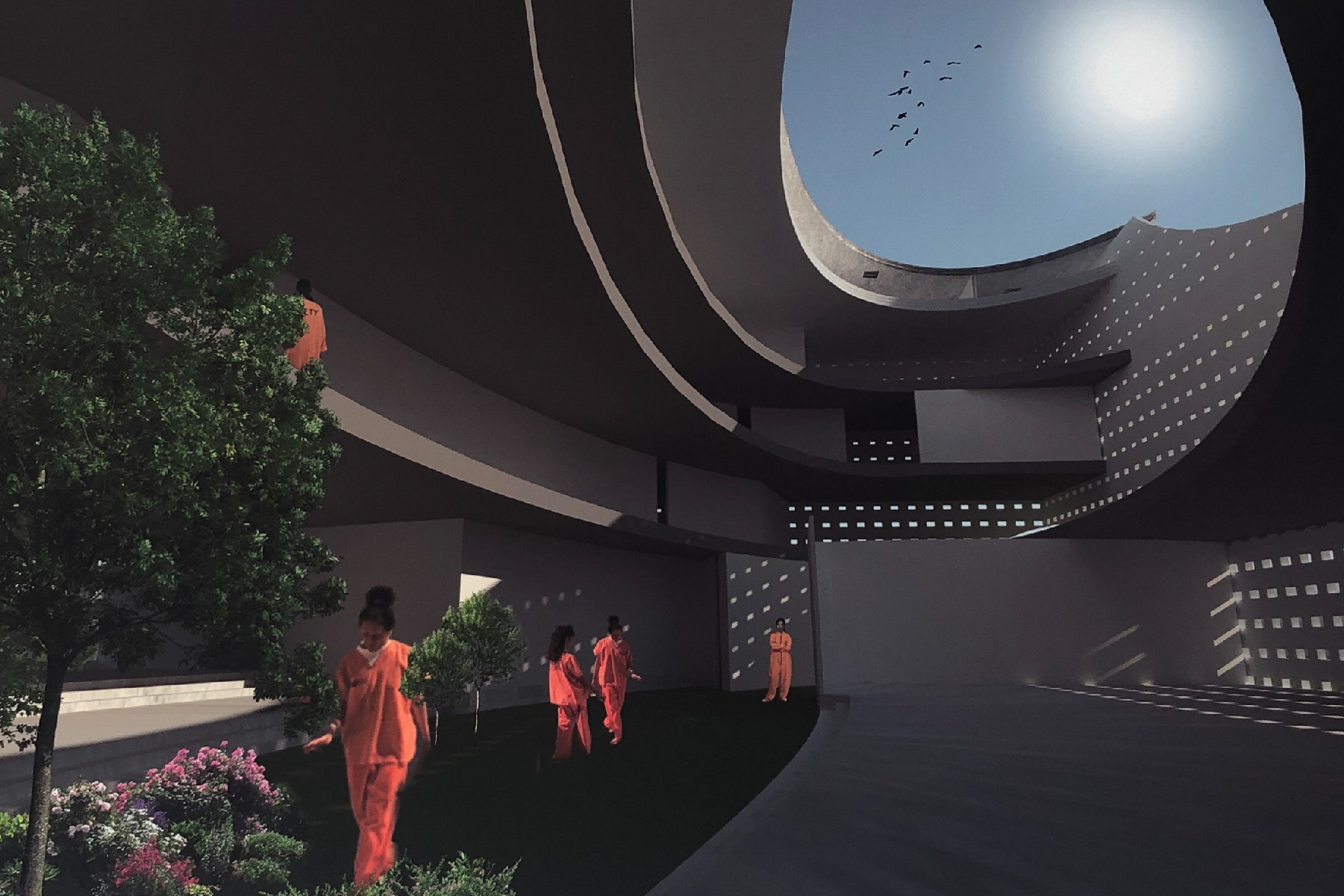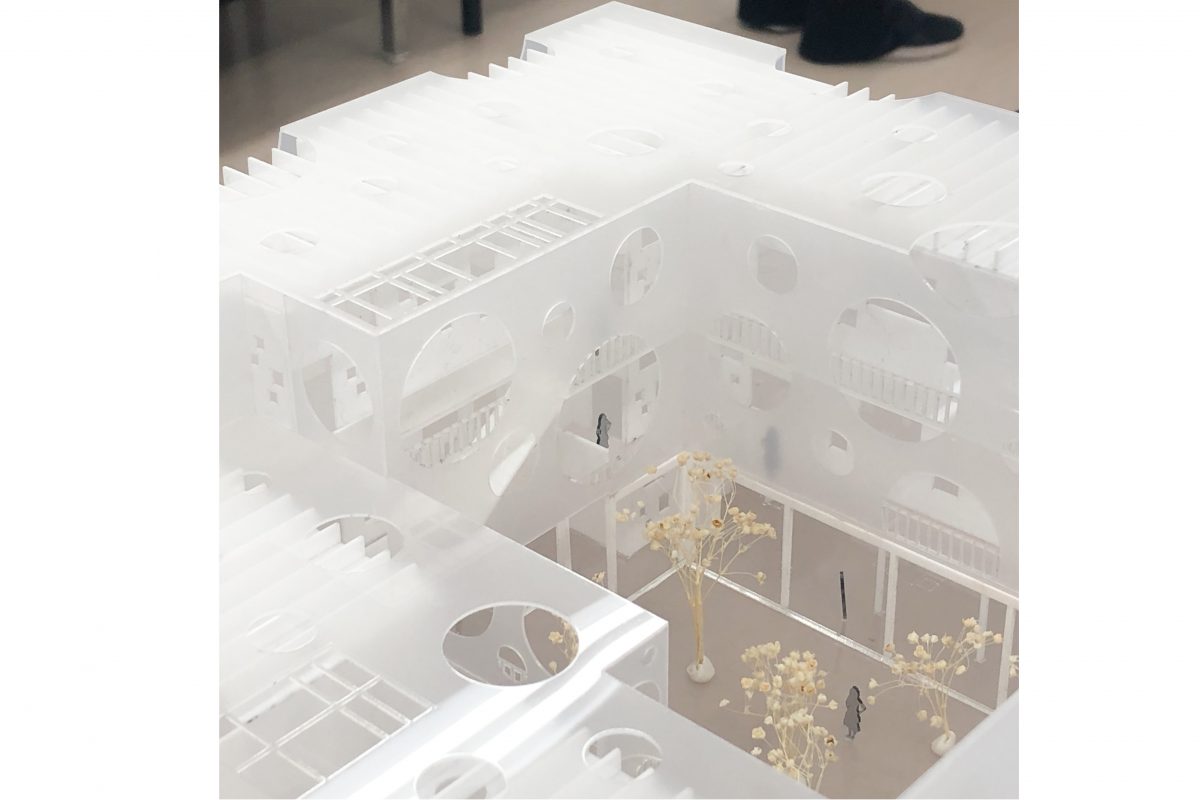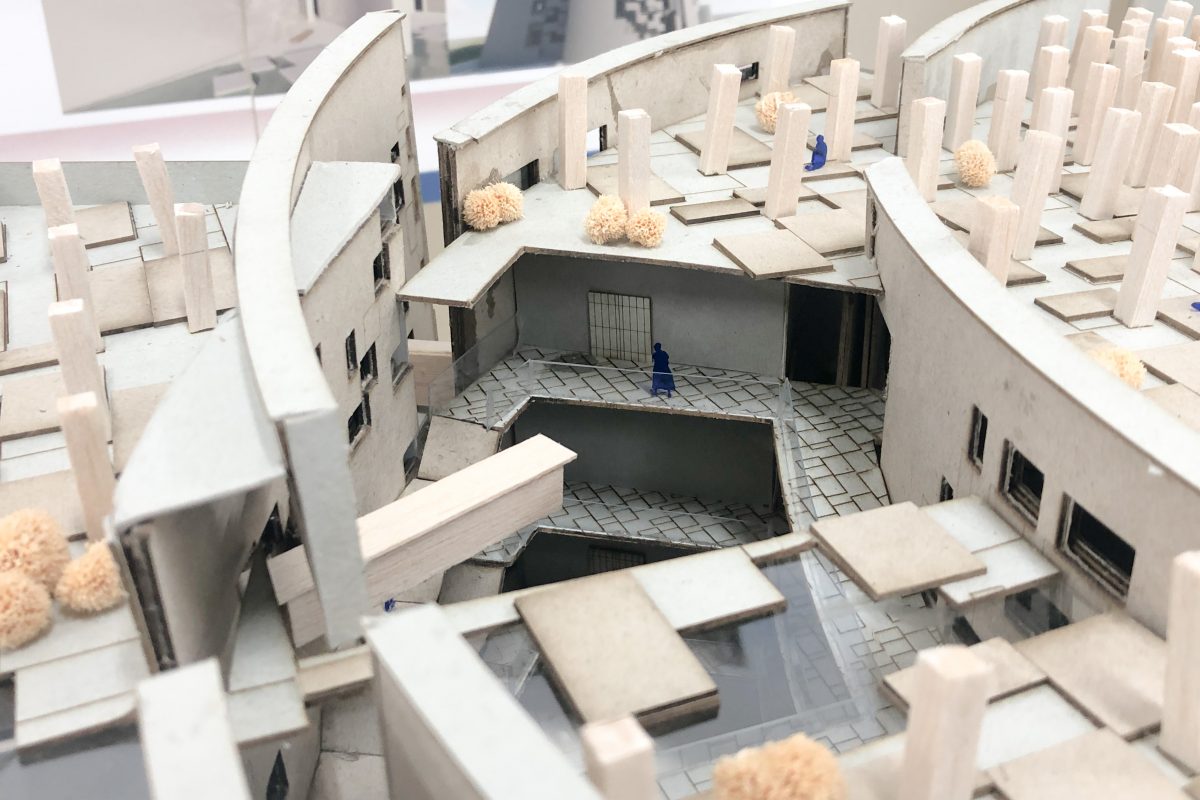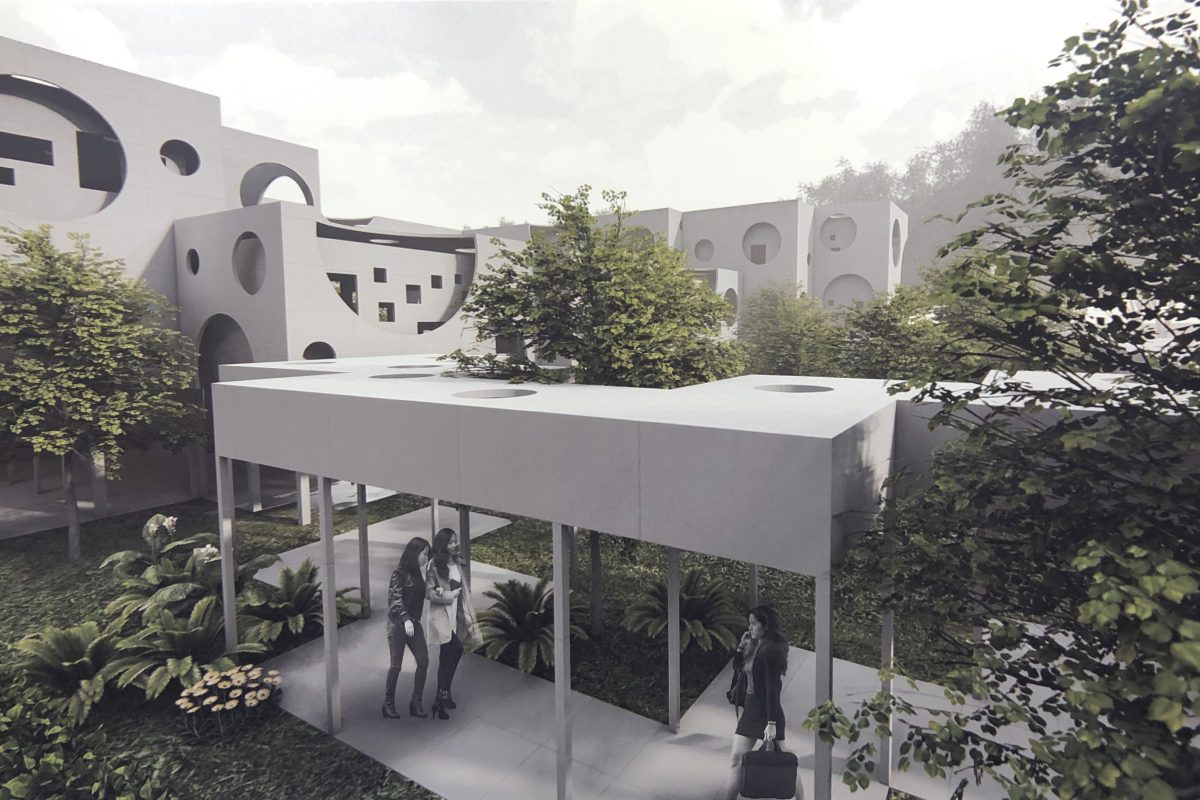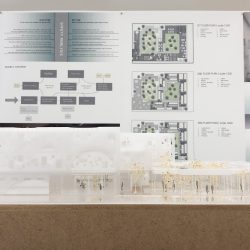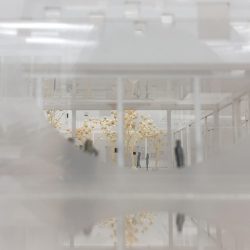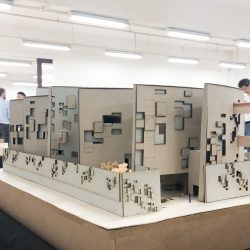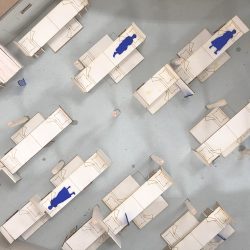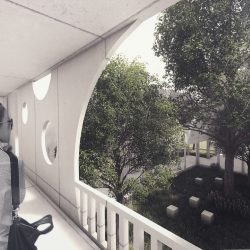WHAT’S GOING ON IN ARCHITECTURE, DESIGN AND THE ART SCENE AROUND THE WORLD. LET’S SEE ON ART4D WRAP UP WEEKLY

PARALLEL: THE RAMASUN STATION ART TRAIL

สถานการณ์ในประเทศไทยตอนนี้มาถึงจุดที่ทหารออกมาเดินนอกค่าย และศิลปินได้เข้าไปทำงานศิลปะในค่ายทหาร อ่านรีวิวนิทรรศการ PARALLEL: The Ramasun Station Art Trail สั้นๆ ได้ ที่นี่
The current situation in Thailand is one where the soldiers are strutting outside of their bases, while the artists are the ones occupying such spaces with their artworks. Read the ‘PARALLEL: The Ramasun Station Art Trail’ exhibition review here.

GOLDEN PIN DESIGN AWARDS 2019
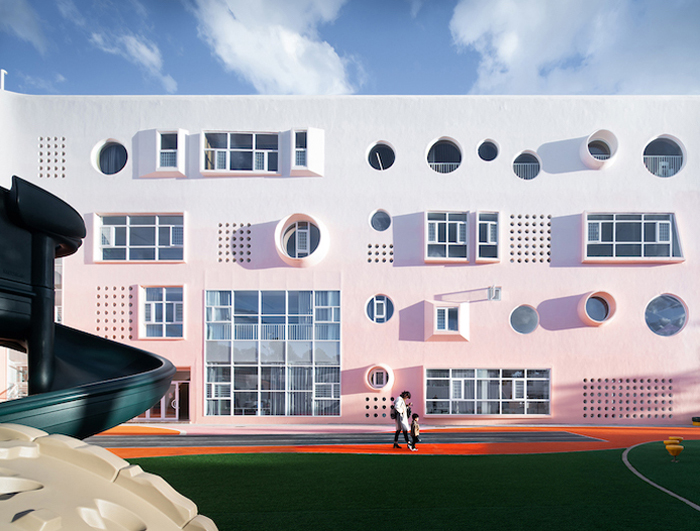
Lollipop ideal garden © Dika Kindergarten Design Center
ใกล้เข้ามาแล้วสำหรับรายการ Golden Pin Design Awards 2019 ที่กำลังจะปิดรับผลงานในวันที่ 20 มิถุนายน นี้ และ Golden Pin Concept Design Awards ที่จะปิดรับผลงานในวันที่ 27 เดือนเดียวกัน รายการประกวดจากประเทศไต้หวันรายการนี้จะเป็นโอกาสอันดีสำหรับดีไซเนอร์ทั่วโลก ที่จะได้เข้ามามีส่วนร่วมในอุตสาหกรรมออกแบบของไต้หวัน และภูมิภาคเอเชีย อ่านรายละเอียดเพิ่มเติม และร่วมส่งผลงานได้ ที่นี่
The Golden Pin Design Awards 2019 call for entries is still open up until June 20 (Concept Design Award) and June 27 (Design Awards). The award is a golden opportunity for companies, design teams, and individuals from around the world to demonstrate design excellence in Taiwan, Asia, and beyond. Find more information and submit the project here.

ICRC X SoA+D ‘WOMEN PRISON DESIGN’
TEXT: PAPHOP KERDSUP
PHOTO: NAPAT CHARITBUTRA
(For English, please scroll down)
หลังจากความสำเร็จในปีก่อนกับโครงการออกแบบเรือนจำชาย คณะกรรมการกาชาดระหว่างประเทศ ประจำประเทศไทย (ICRC) กลับมาจับมือกับคณะสถาปัตยกรรมศาสตร์และการออกแบบ มหาวิทยาลัยเทคโนโลยีพระจอมเกล้าธนบุรี SoA+D School of Architecture and Design อีกครั้งเพื่อสร้างโปรแกรมการออกแบบ “เรือนจำหญิง” ให้กับนักศึกษา ซึ่งแน่นอนว่าการออกแบบพื้นที่ให้กับผู้ต้องขังรวมกว่า 500 คน และโดยเฉพาะอย่างยิ่งกับผู้ต้องขังหญิงซึ่งมีความต้องการที่เฉพาะมากกว่าผู้ต้องขังชาย ทั้งในเรื่องของสรีระหรือการใช้งานนั้น นับได้ว่าเป็นโจทย์ที่ท้าทายสำหรับนักศึกษาชั้นปีที่ 2 อยู่เหมือนกัน ถึงอย่างนั้นความยากที่ว่าก็ไม่ได้ทำให้ผลงานแต่ละชิ้นที่ออกมานั้นน่าสนใจน้อยลงแม้แต่น้อยเลย
ไฮไลท์หลักๆ ที่เราได้เห็นระหว่างที่ได้เข้าไปร่วมสังเกตการณ์เมื่อวันที่ 6 มิถุนายน ที่ผ่านมา คือความสามารถของเด็กๆ แต่ละกลุ่มในการพยายามตีความสเปซสำหรับผู้ต้องขังให้สอดคล้องไปกับหลัก Mandela Rules ของ UN และ ‘ข้อกำหนดกรุงเทพ’ อันเป็นแนวทางการปฏิบัติต่อผู้ต้องขังหญิงที่ร่วมร่างขึ้นโดยสถาบันเพื่อการยุติธรรมแห่งประเทศไทย (TIJ) ที่ถูกนำเสนอออกมาให้เห็นชัดที่สุดผ่านการออกแบบพื้นที่ส่วนกลางของเรือนจำ โดยเป็นทั้งพื้นที่สำหรับพบปะพูดคุยระหว่างผู้ต้องขังด้วยกัน ซึ่งจากการลงพื้นที่พูดคุยของกลุ่มนักศึกษานั้น พบว่าพื้นที่ที่ว่าเป็นสิ่งที่พวกเขายังรู้สึกขาดอยู่ ในขณะเดียวกันพื้นที่ส่วนกลางก็ยังรองรับกิจกรรมอื่นๆ เช่น ห้องสมุด ห้องเวิร์คช็อป ที่ช่วยเตรียมพร้อมให้ผู้ต้องขังสามารถกลับคืนสู่สังคมได้พร้อมกับความรู้และทักษะอาชีพ
แนวทางในการออกแบบและตีความ “เรือนจำหญิง” ของนักศึกษาแต่ละกลุ่มก็น่าสนใจไม่แพ้กัน โดยมีตั้งแต่การแปลงข้อมูลเรื่องการรับรู้ของสีที่ต่างกันระหว่างชายและหญิงมาใช้ในการออกแบบ façade อาคาร การนำเอาแนวคิดเรื่องเอฟเฟ็กต์ของแสงที่พบได้ในป่ามาใช้สร้างเพื่อสร้างสเปซที่เพิ่มความหวังให้กับผู้ต้องขังในเชิงจิตวิทยา ไปจนถึงการพยายามตีความความรู้สึกของผู้ต้องขังหญิงในระดับต่างๆ ให้ออกมาเป็นกายภาพ น่าคิดเหมือนกันว่าถ้าเรือนจำหญิงในบ้านเราจะได้รับการออกแบบอย่างถูกหลักโดยเฉพาะ แทนที่การใช้เรือนจำชายที่ไม่ใช้แล้วอย่างที่เป็นอยู่ในปัจจุบันจะสร้างความเปลี่ยนแปลงให้กับผู้ต้องขังหญิงได้ทั้งทางกายและทางใจอย่างไรบ้าง
หมายเหตุ: อ่านรายละเอียดเกี่ยวกับ ‘ข้อกำหนดสหประชาชาติว่าด้วยการปฏิบัติต่อผู้ต้องขังหญิงในเรือนจำและมาตรการที่มิใช่การคุมขังสำหรับผู้กระทำผิดหญิง’ (ข้อกำหนดกรุงเทพ) เพิ่มเติมได้ทาง http://bit.ly/art4d-TIJ-Bangkok-Rules

Following last year’s success, the International Committee of the Red Cross (ICRC), with the School of Architecture and Design (SoA+D), King Mongkut’s University of Technology Thonburi, created a program in which the participating students were tasked with designing a female prison for five-hundred inmates. The sophomore students faced no easy task, having to answer to different, arguably more challenging demands than if they were to design an all-male prison. Nonetheless, their designs proved no less interesting.
Some highlights that caught our eyes during our observations on 6 June were the students’ effort in interpreting the space in such a way that would comply with the UN’s ‘Mandela Rules’ as well as Bangkok’s regulations for female prisons’ standards issued by the Thailand Institute of Justice (TIJ). The students demonstrated their ability to interpret and set about improving the design of the prison under such restrictions in their proposed idea for the common space. Having spoken to the inmates, the students found that there is a lack of such a space, which is crucial for socializing, housing a library or hosting workshops, all of which help enable the development of vocational skills that aid the inmates’ assimilation back into society.
The students’ varied interpretations of what a ‘female prison’ meant led their designs in interesting directions. For example, one group incorporated their understanding of the difference between the way males and females perceive colors into their design of the façade. Another group utilized the effects of lights found in the forests to create a more hopeful space that would ease the mind. Lastly, a group used their interpretations of the different levels of emotions experienced by female inmates and translated them into physical forms. Consider the difference it would make for the physical and psychological states of the incarcerated individuals if female prisons were designed with the demands of women in mind rather than being modeled after what used to be male-oriented structures.
Note: For more information about the Bangkok’s regulations on the treatment of incarcerated females see: http://bit.ly/art4d-TIJ-Bangkok-Rules

